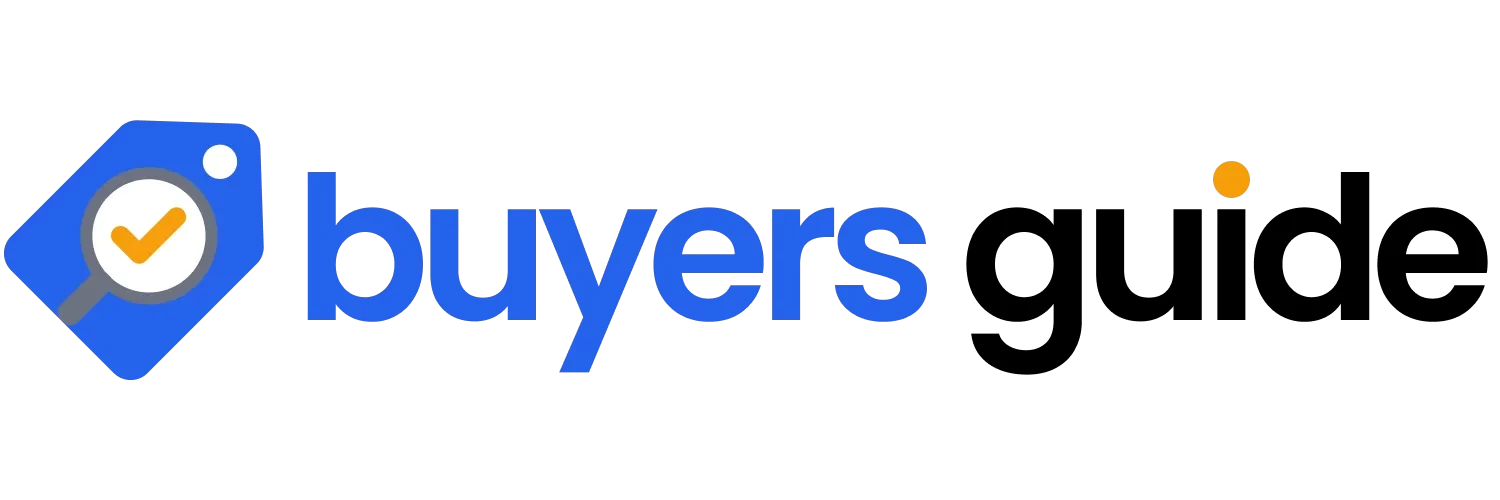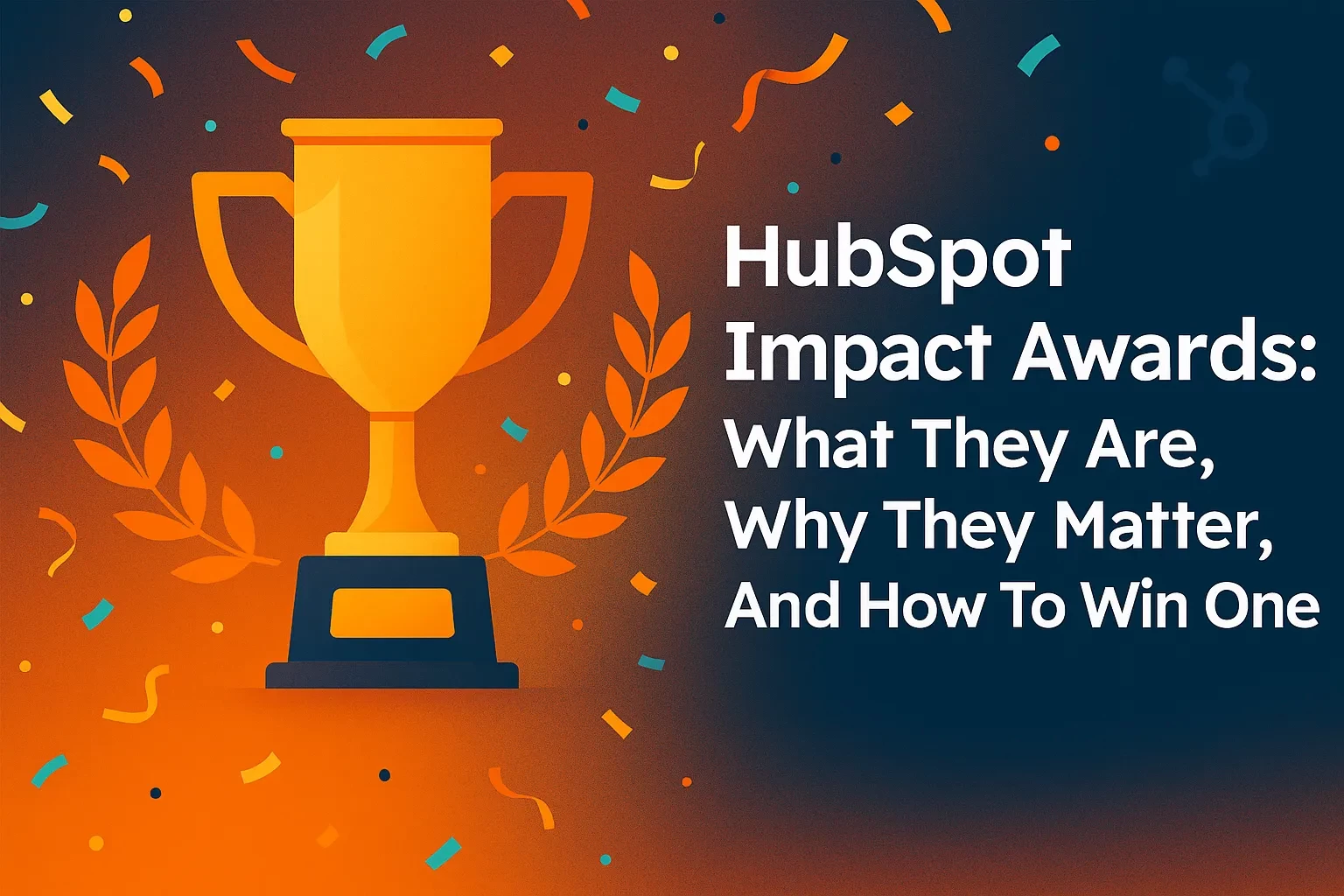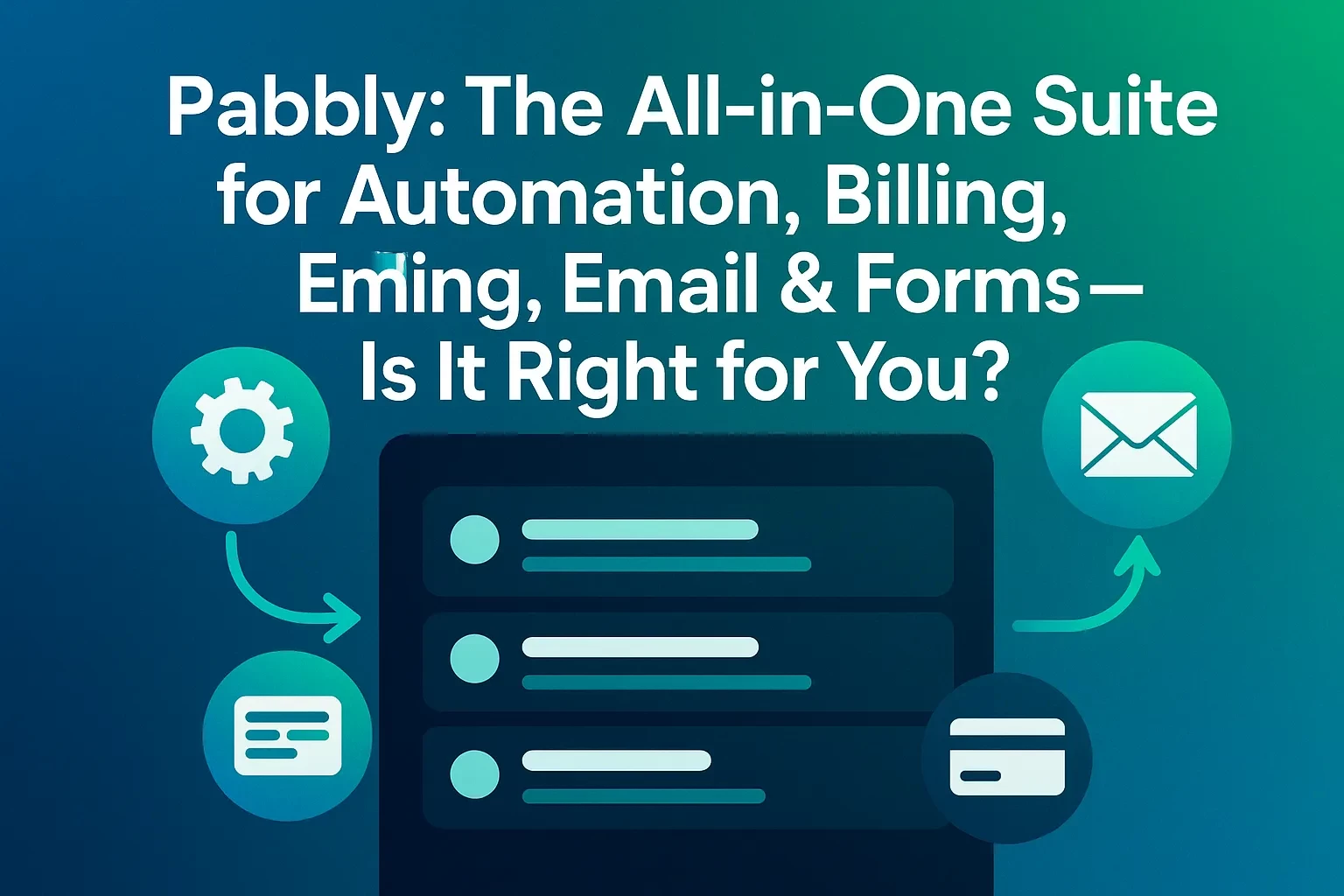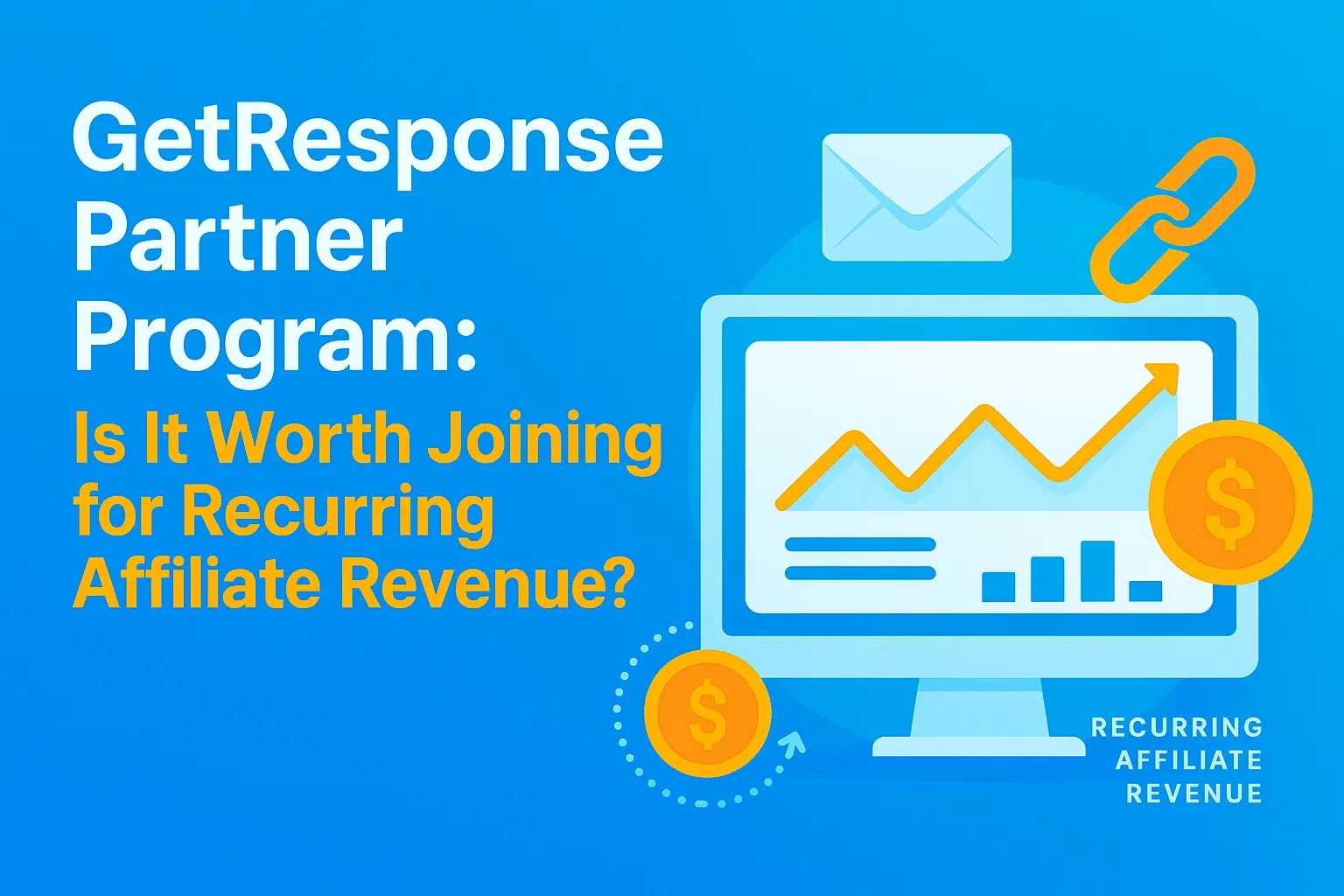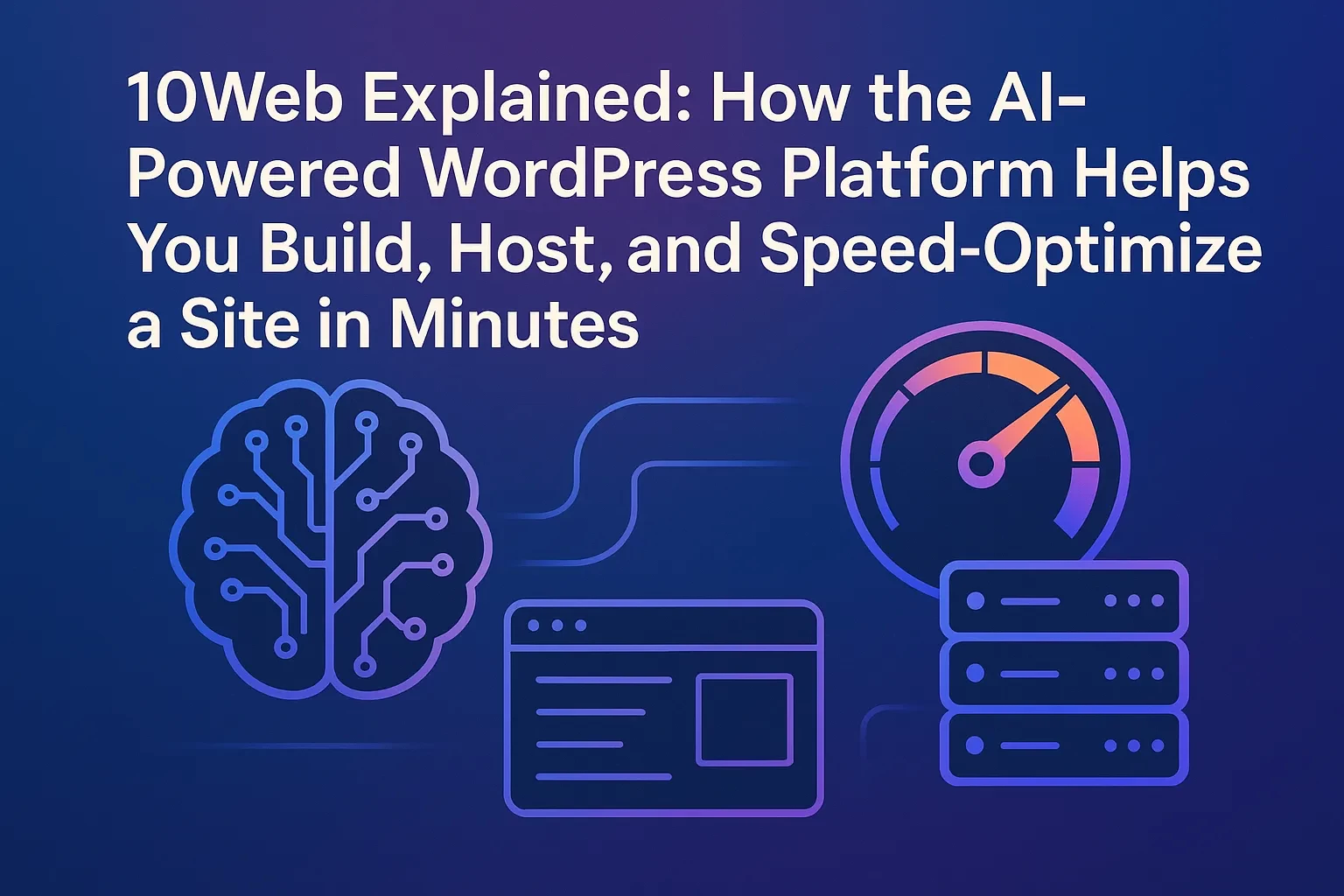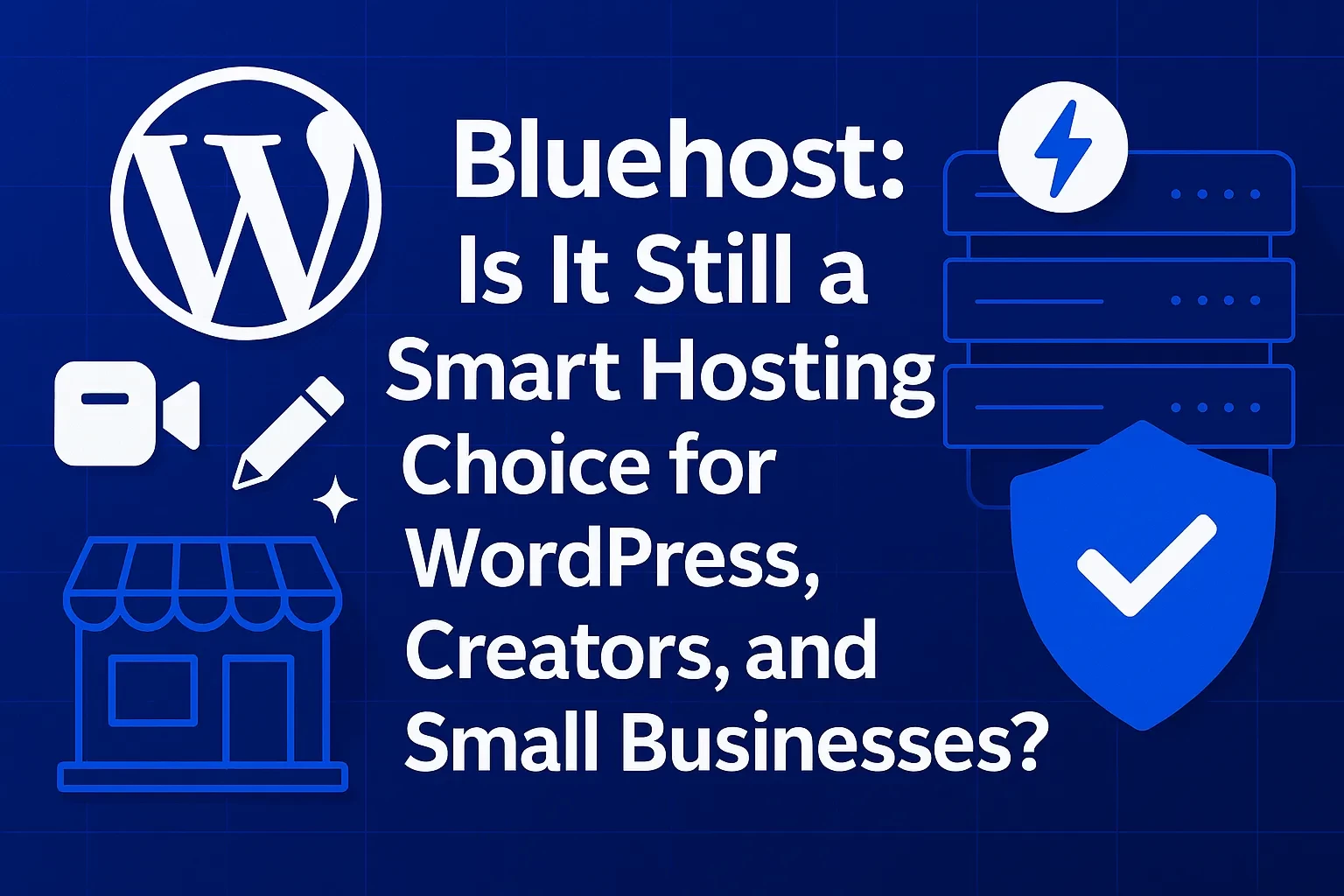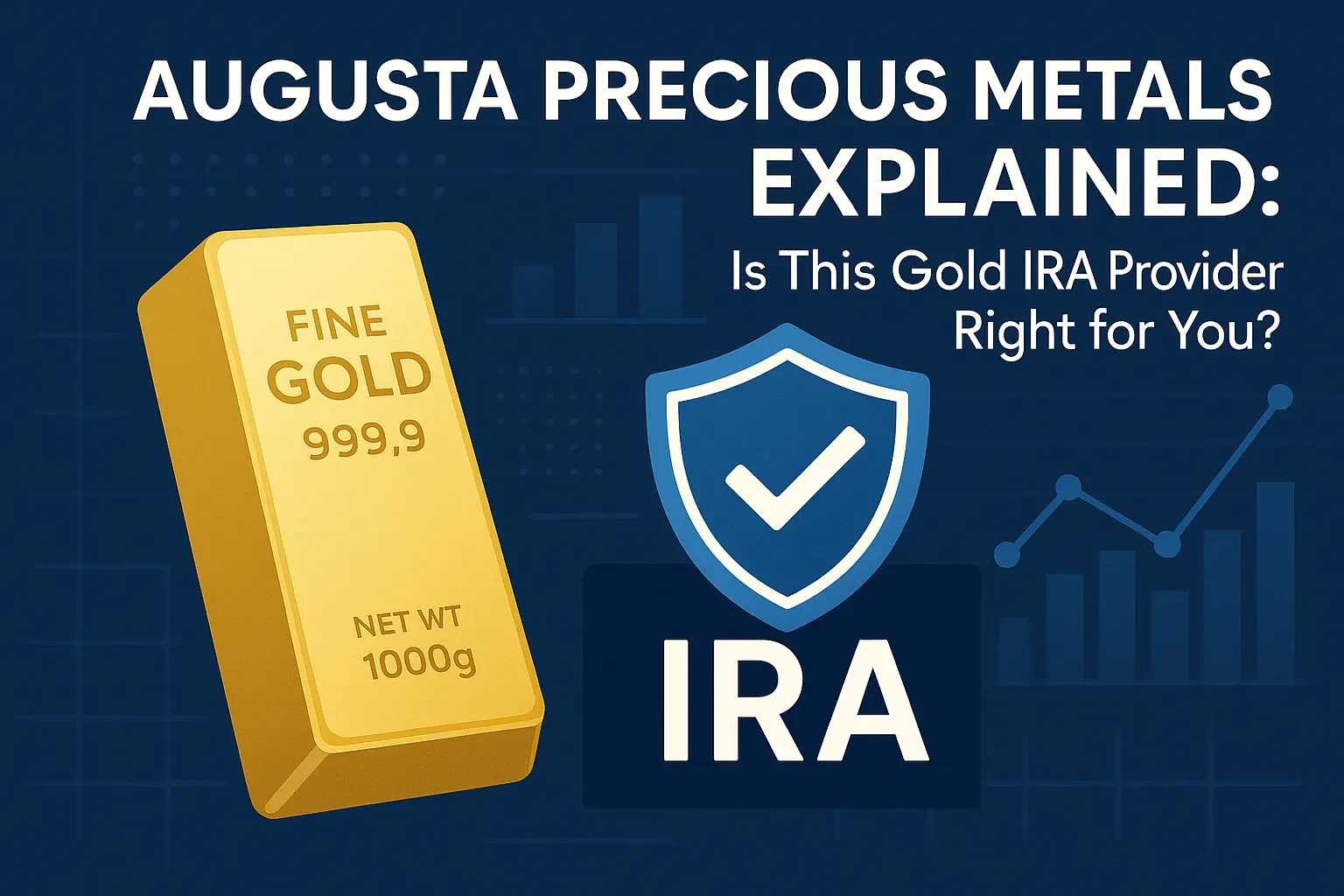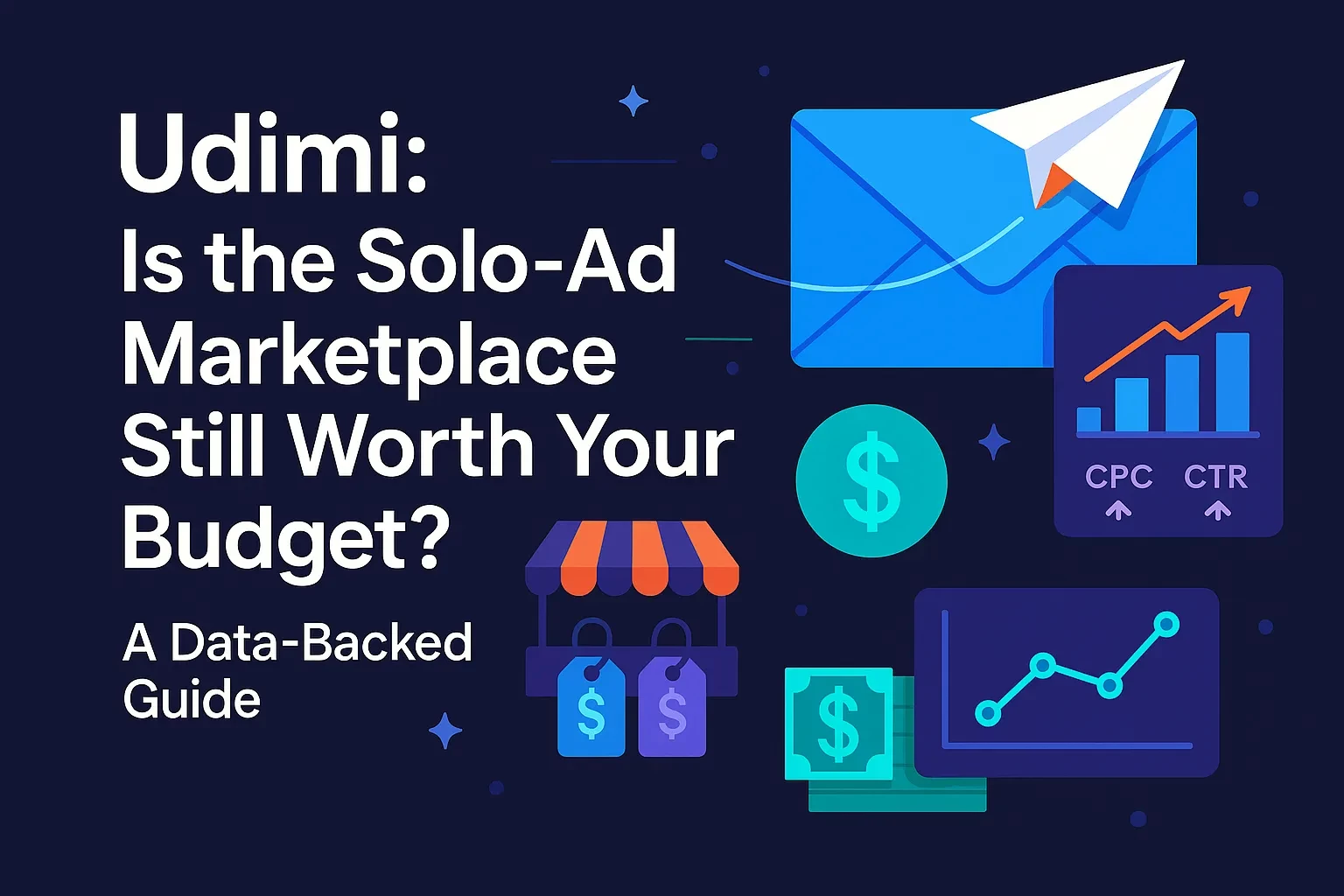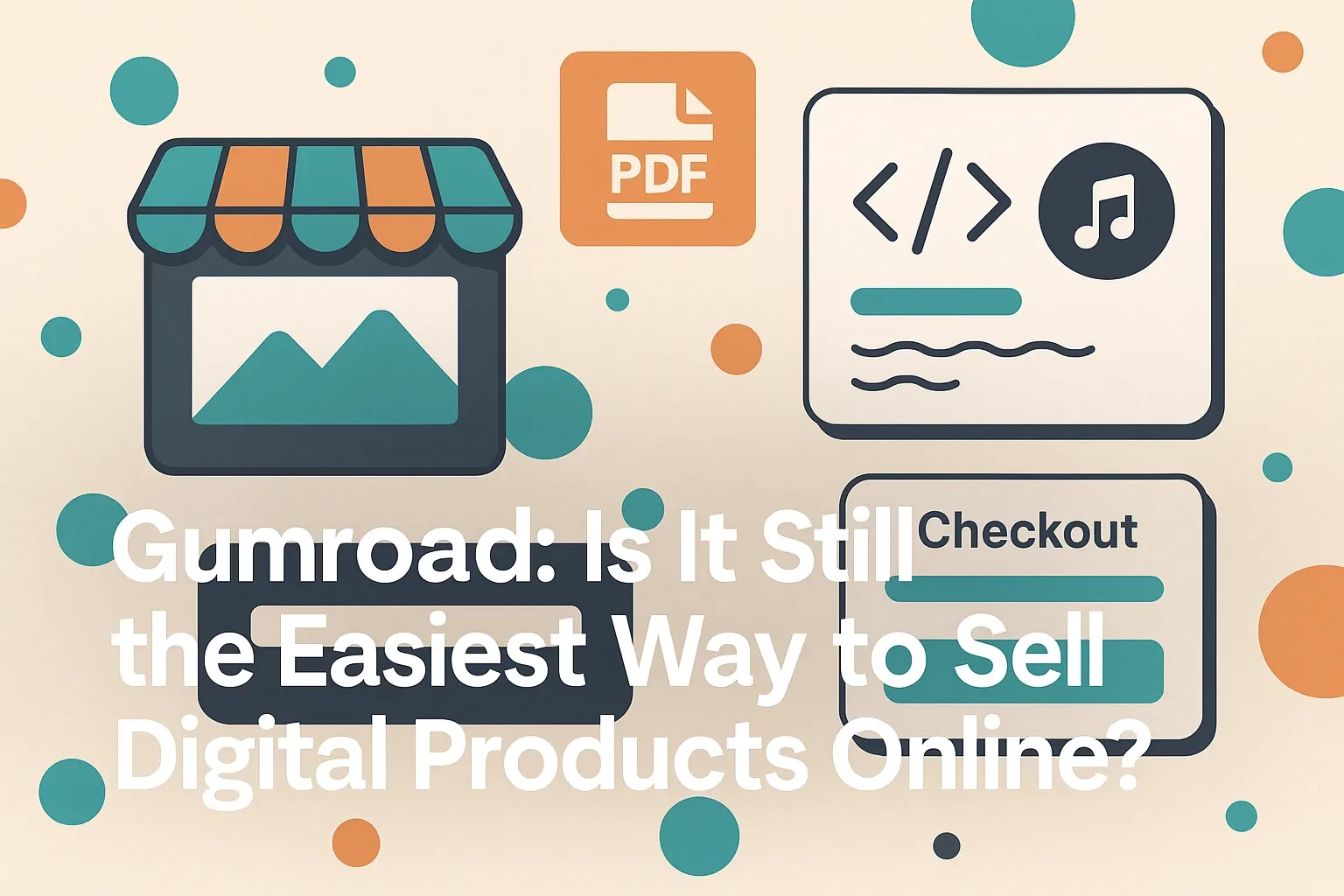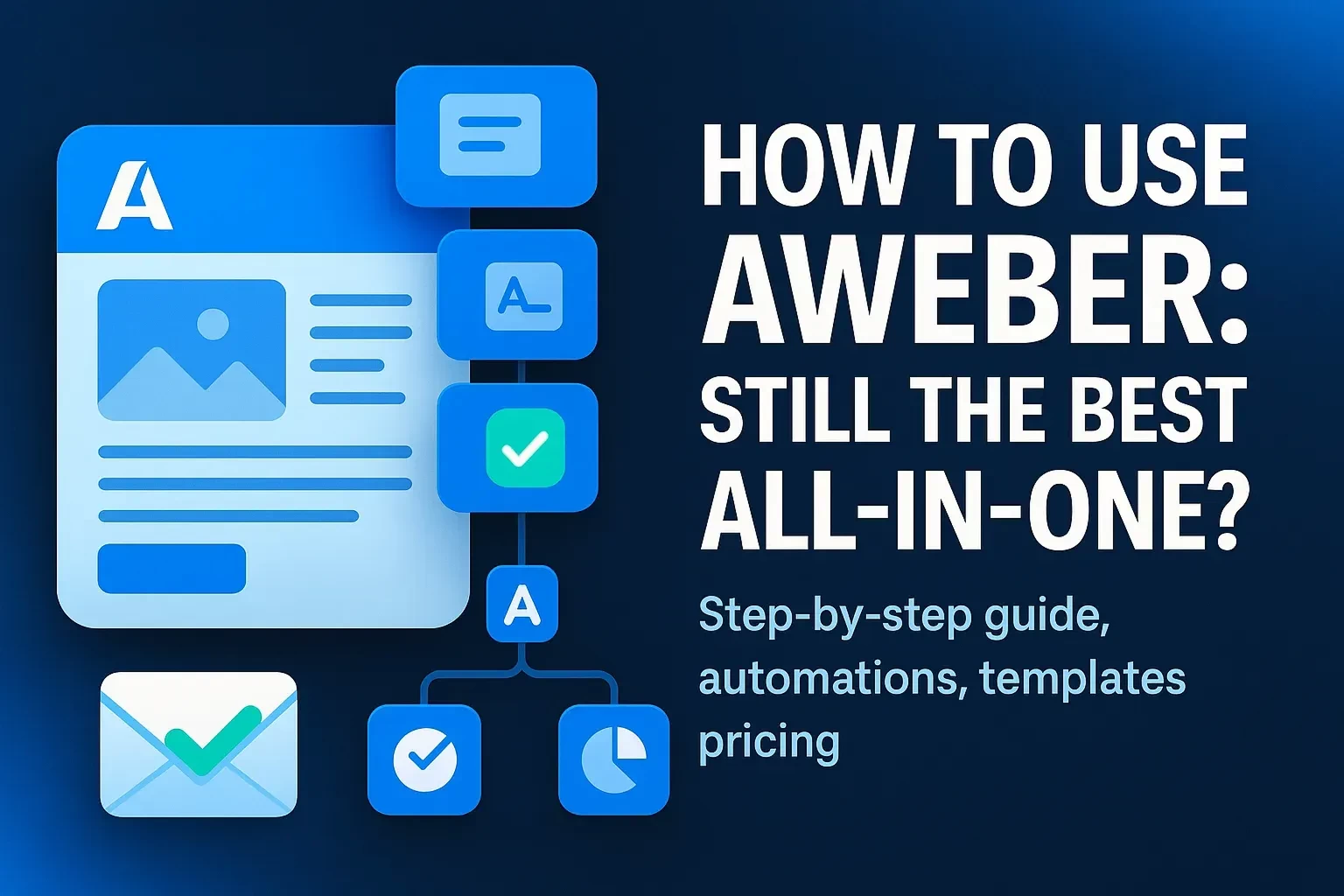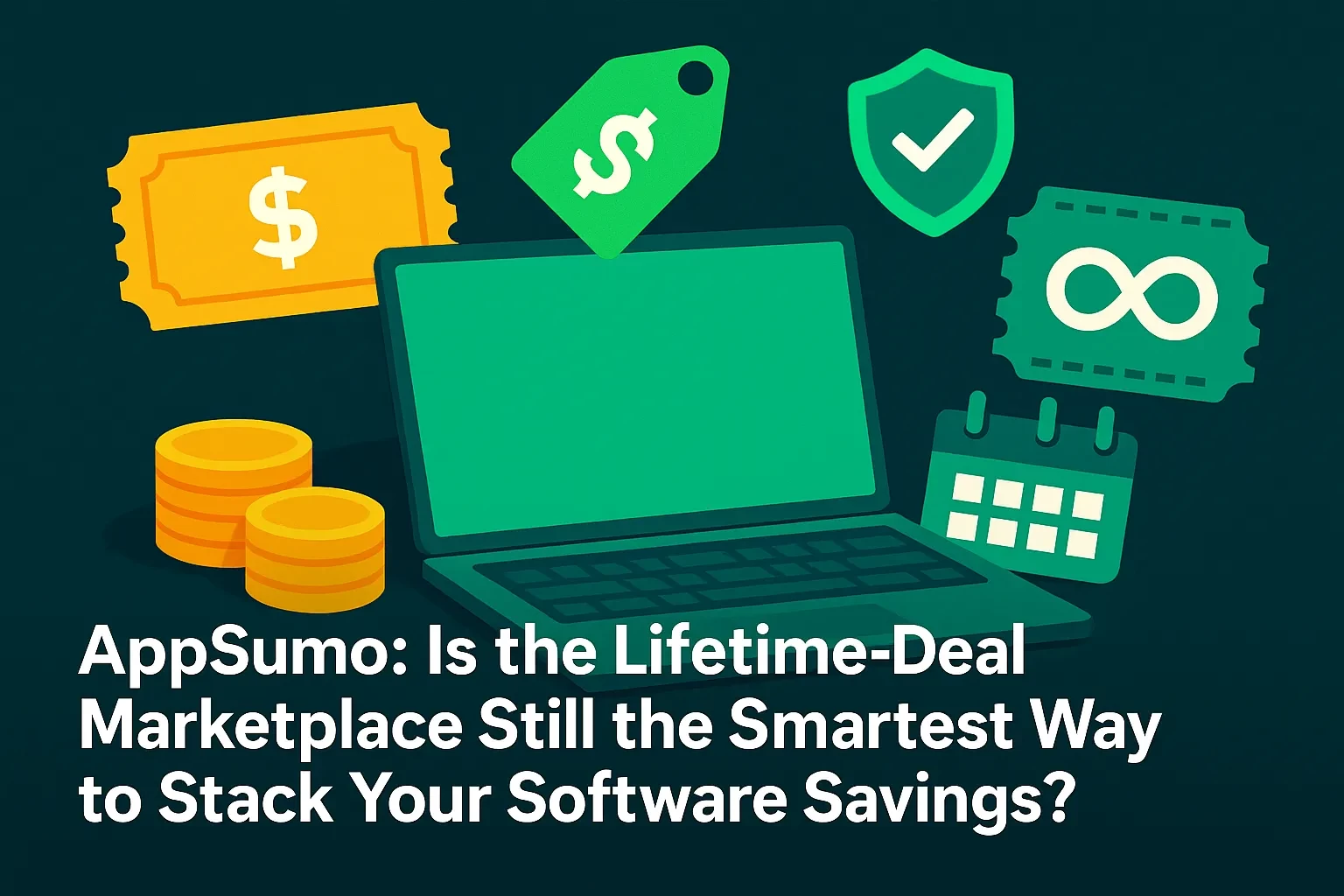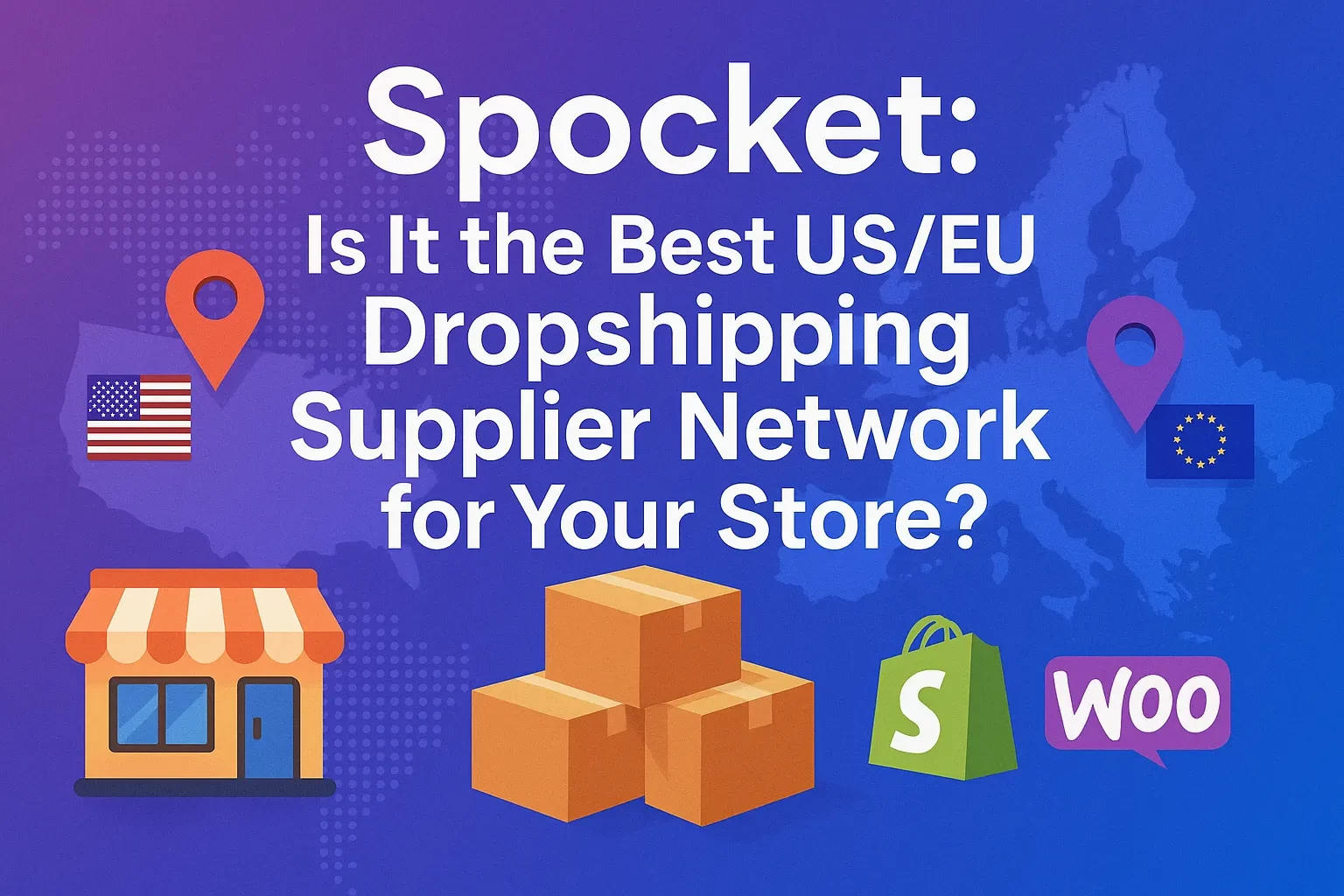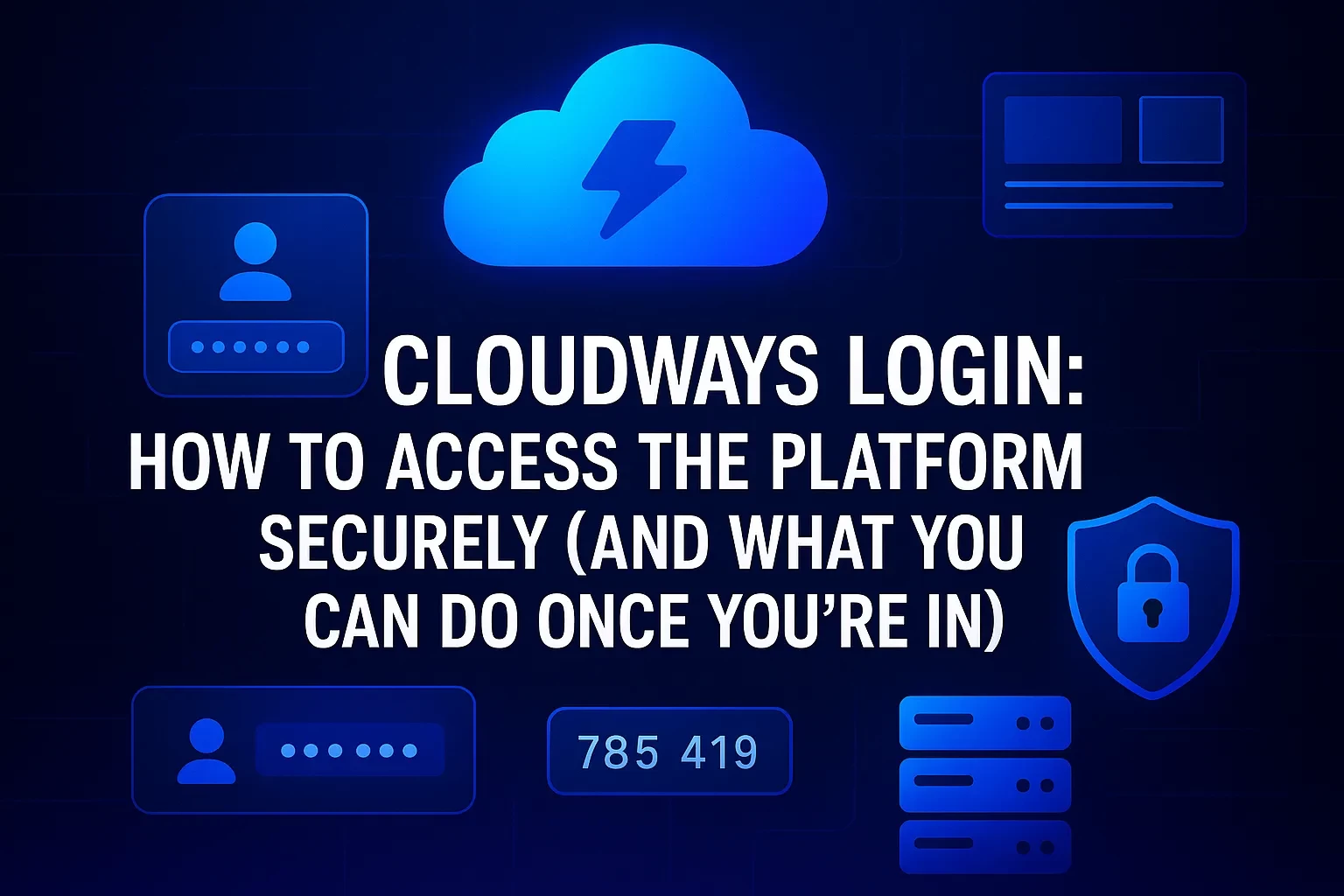Table of Contents
Udimi is one of the longest-running marketplaces for buying and selling “solo ads”—paid email clicks sent by another publisher to their list. If you’re scaling an affiliate funnel, testing a new lead magnet, or reviving a dormant pipeline, solo ads can deliver fast traffic without months of SEO or the learning curve of paid social. But the model raises fair questions: Who controls quality? How are refunds handled? What do the real costs look like once fees and filters are added? This guide breaks down how Udimi works today, what you should expect as a buyer, and smart ways to avoid common pitfalls. You’ll get a plain-English tour of Udimi’s protections, fees, Prime add-ons, and filters—plus a step-by-step plan to run your first (or next) test without burning budget. We’ll also look at real-world benchmarks and a mini case study to help you judge fit for your offer and list-building goals. Finally, you’ll find a FAQ and action checklist so you can move from reading to results with confidence.
What solo ads are—and why Udimi exists
“Solo ads” are paid email promotions where you pay a list owner to mail your offer—usually for a fixed cost per click (CPC). Think of it as a targeted list rental with performance tied to delivered clicks rather than opens or impressions. It’s useful when you want immediate traffic in niches where opt-in offers convert (e.g., make-money-online, software trials, crypto/finance education, marketing tools).
Udimi’s core product is a neutral marketplace and escrow that connects buyers and list owners, filters non-human/low-quality clicks, holds payments until delivery, and automates partial refunds if the seller doesn’t deliver on time. In other words: a structured place to buy clicks with guardrails and reputation data rather than negotiating one-off via DMs.
How Udimi protects buyers (and why that matters)
Udimi applies automated filtering and transaction protections that kick in before and after traffic hits your page:
• Escrow & timed delivery: If a seller can’t deliver 100% of agreed visitors within 100 hours, undelivered clicks are refunded automatically; sellers are paid only after delivery.
• Platform-level click filtering: Udimi analyzes large volumes of traffic, filtering low-quality or suspicious clicks system-wide (beyond a seller’s own trackers).
• Anti-scam stance: Udimi documents common fraud patterns and emphasizes an in-house AI-driven filter trained on millions of clicks.
• Terms with teeth: The platform explicitly reserves the right to withhold seller funds for fake traffic and to refund buyers.
Third-party sentiment varies by vendor and campaign, but external review hubs show recent buyer experiences you can mine for qualitative clues (always triangulate against your niche and funnel).
Udimi costs, fees, and Prime: what you actually pay
Base CPC is set by each seller. Across public write-ups and marketplace listings, you’ll commonly see ranges in the ~$0.35–$1.00+ per click band, with prices moving by niche, geo, and vendor reputation. Your all-in CPC can increase with optional filters and buyer fees.
On fees, Udimi’s help center details two sides:
• Buyer fees: a click-filtering fee (free for Prime members or $3 for others—applies at order level).
• Seller fees: a 10% service fee plus standard payment-processor fees (1–5%). Sellers typically bake platform economics into their public CPC.
Prime membership is an optional upgrade that unlocks additional features; the public Prime page currently lists a $49.95/month price and bundles tools such as an autoresponder and advanced filtering benefits. Pricing history you’ll find around the web varies, so rely on the current Prime page as the source of truth.
Refunds: If an order is rejected or canceled, the funds return to your Udimi balance automatically—no ticket required. That balance can be used on your next order.
One-look table: Where the costs and protections show up
| What you’re evaluating | Where it’s defined on Udimi | Why it matters |
|---|---|---|
| Delivery window & automatic refunds | Help Center: “How Udimi protects you” | Caps risk on under-delivery and enforces timeline. |
| Buyer & seller fees | Help Center: “Udimi fees” | Shapes your all-in CPC and a seller’s floor price. |
| Platform click filtering | Help Center: “How Udimi filter works” | Reduces bot/low-quality clicks platform-wide. |
| Prime add-ons & price | Prime page | Decides whether advanced filters/tools justify monthly cost. |
| Anti-fraud posture | “How scams cheat buyers” | Signals detection logic and platform stance. |
Step-by-step: Your first Udimi buy (with safeguards)
1) Define a funnel that matches the solo-ad model. Solo ads perform best when you monetize email leads (not just instant sales). Plan for an opt-in + welcome sequence + offer stack. If your economics require same-session ROAS, consider starting smaller.
2) Shortlist sellers by niche, geo, and ratings. Filter for sellers with recent “got sales” comments and opt-in numbers aligned with your goals. Read recent ratings for patterns across multiple buyers rather than one outlier.
3) Start with a tight geo and useful filters. Inside the order flow you can choose “Only top tier” geos (e.g., U.S., CA, UK, AU, NL, NZ) and optional Prime filters. This reduces cheap but misaligned traffic.
4) Use a landing page built for solo traffic. Udimi now offers a simple landing-page builder for email capture if you don’t have one handy—useful for quick tests. Regardless of tool, prioritize clarity, load speed, and mobile UX.
5) Align copy with the seller’s list. Ask the seller what angles convert with their audience. Many will advise on subject lines and pre-headers; some will decline if your offer misfits their list—a positive signal.
6) Order small, track hard. Begin with 100–300 clicks. Use unique UTMs and your own page-level analytics to compare Udimi’s filtered-click totals to pageviews and opt-ins. Expect variation due to server-side filtering and mobile prefetching.
7) Monitor delivery window and refunds. If the vendor can’t deliver the full amount within 100 hours, Udimi refunds undelivered clicks automatically.
8) Scale only when list quality proves out. Roll proceeds into larger orders or additional vendors once you see consistent list fit (e.g., >30–45% opt-in on a well-matched free lead magnet). Benchmarks vary; prioritize LTV over day-one CPA.
Practical examples and a mini case study
Scenario A: Lead magnet for a marketing SaaS trial.
You’re promoting a 14-day trial with a checklist lead magnet. You buy 200 Tier-1 clicks from a seller with recent “got sales” comments and explicit SaaS experience. With a 40% opt-in and 8% trial start rate from those leads, your effective cost per trial is the all-in order cost divided by trial starts. With decent onboarding, those trials can mature into paying users you can retarget—exactly where solo ads shine: immediate traffic feeding a lifecycle funnel.
Scenario B: Info-product with a low-ticket front end.
You test a 200-click order to a $9 mini-course with a 1-click upsell. Even if same-session ROAS is break-even, the list becomes an asset for email-driven upsells. Many Udimi buyers report first sales when list-offer fit is tight and follow-up automation is in place—use public reviews for directional expectations, not guarantees.
Mini case study (illustrative):
• Offer: Free “AI prompts for Gmail” PDF → nurture → $19/month tool.
• Order: 300 Tier-1 clicks from a seller with recent positive ratings.
• Outcome: 37% opt-in (111 leads), 6 trial starts in week one, 2 conversions by day 21.
This pattern mirrors anecdotes you’ll see in current ratings: opt-in rates in the 30–40% band for well-aligned freebies and trickle-in sales during the early nurture window. Your numbers will vary by niche, price point, and email sequence quality.
Common mistakes (and expert fixes)
Mistake 1: Treating solo ads like cold PPC.
Solo traffic is email-driven and list-owner curated, not auction-driven. It rewards lead-capture funnels with email follow-up. Fix: measure success on cost-per-lead and downstream LTV, not only same-session purchases.
Mistake 2: Skipping filters to “save money.”
Turning off geo or quality filters can spike cheap clicks but crush qualified conversions. Fix: Use Tier-1 or aligned geos and Prime filtering where it clearly maps to your target audience.
Mistake 3: Scaling without independent tracking.
Relying only on a seller’s screenshots is risky anywhere, not just Udimi. Fix: instrument UTMs, page analytics, and post-opt-in attribution so you can verify filtered clicks vs. page sessions and list growth.
Mistake 4: Ignoring delivery windows and refund rules.
If you don’t monitor timelines, you might misattribute under-delivery. Fix: track the 100-hour window and confirm automatic refunds for undelivered clicks.
Mistake 5: Choosing by price alone.
Cheapest CPC isn’t the best value if list fit is poor. Fix: mine seller ratings and comments for your niche and ask pre-sale questions. Recent ratings often mention opt-ins and sales that can guide expectations.
When Prime makes sense (and when it doesn’t)
Prime can make sense if you:
• Run frequent tests and want built-in advanced filtering across orders.
• Value bundled tools (e.g., autoresponder) enough to replace other subscriptions.
It’s less compelling if you:
• Run infrequent, small tests where a monthly fee outweighs savings.
• Already own best-in-class ESP/automation and only need occasional traffic.
Because Prime pricing and inclusions can change, verify the current plan page before you commit; at writing, Udimi’s Prime page shows $49.95/month.
Advanced tips to improve outcomes
• Tighten message-market match: Ask sellers which angles, lead magnets, and bridge pages resonate with their audience—many will advise or decline a poor fit up front.
• Test two sellers in parallel: Equal budgets, same funnel, isolate seller/list quality as the variable. Use UTMs with different source parameters per seller.
• Protect mobile UX first: A large share of solo traffic is mobile; compress images, simplify forms, and auto-advance fields. (Udimi’s platform filtering helps with quality, but page speed is on you.)
• Start with Tier-1, then expand: Prove unit economics in the U.S./CA/UK/AU/NL/NZ set before testing cheaper geos.
• Re-market your new leads: Solo ads build lists fast; monetize with onboarding sequences and timely offers rather than a single blast.
FAQs
Conclusion: Your next step
If you already have an opt-in asset and a short, persuasive email sequence, Udimi can be a pragmatic way to validate audience-offer fit quickly. Start with two vetted sellers, 100–300 clicks each, Tier-1 geos, and clear tracking. Let the platform handle delivery enforcement and filtering while you focus on conversion quality. Then scale what proves out. The fastest wins come from disciplined testing—not from chasing the lowest CPC.
